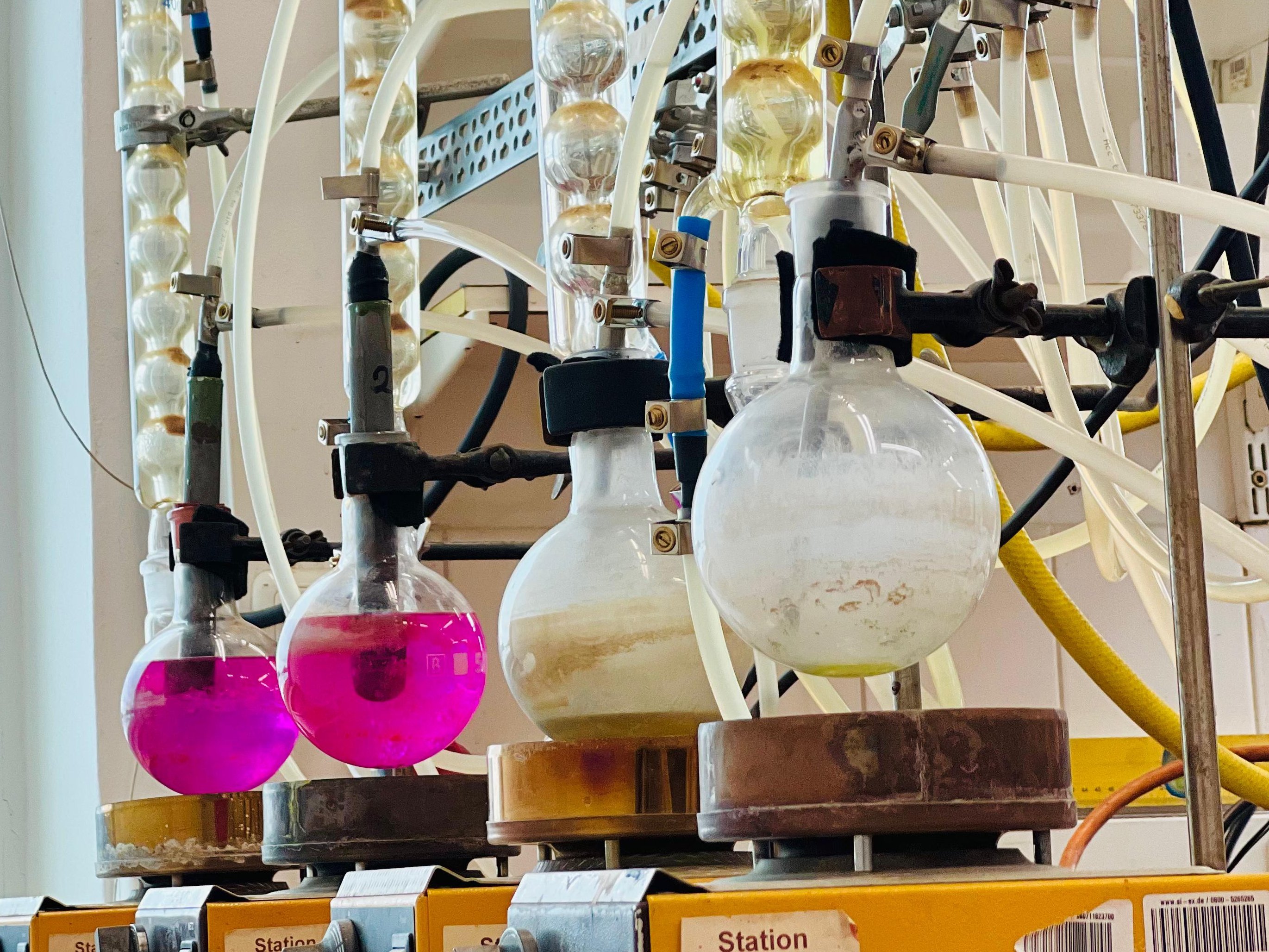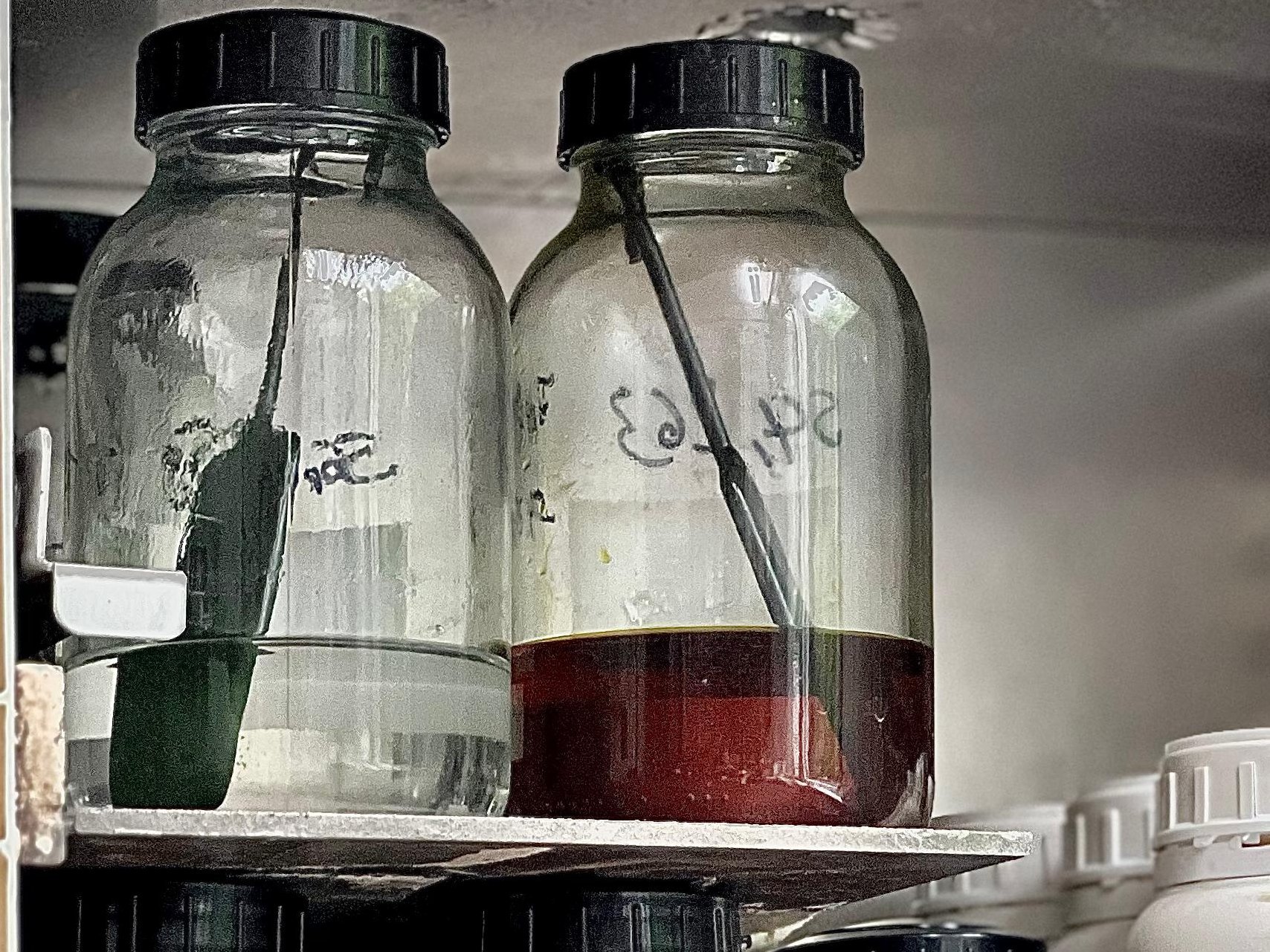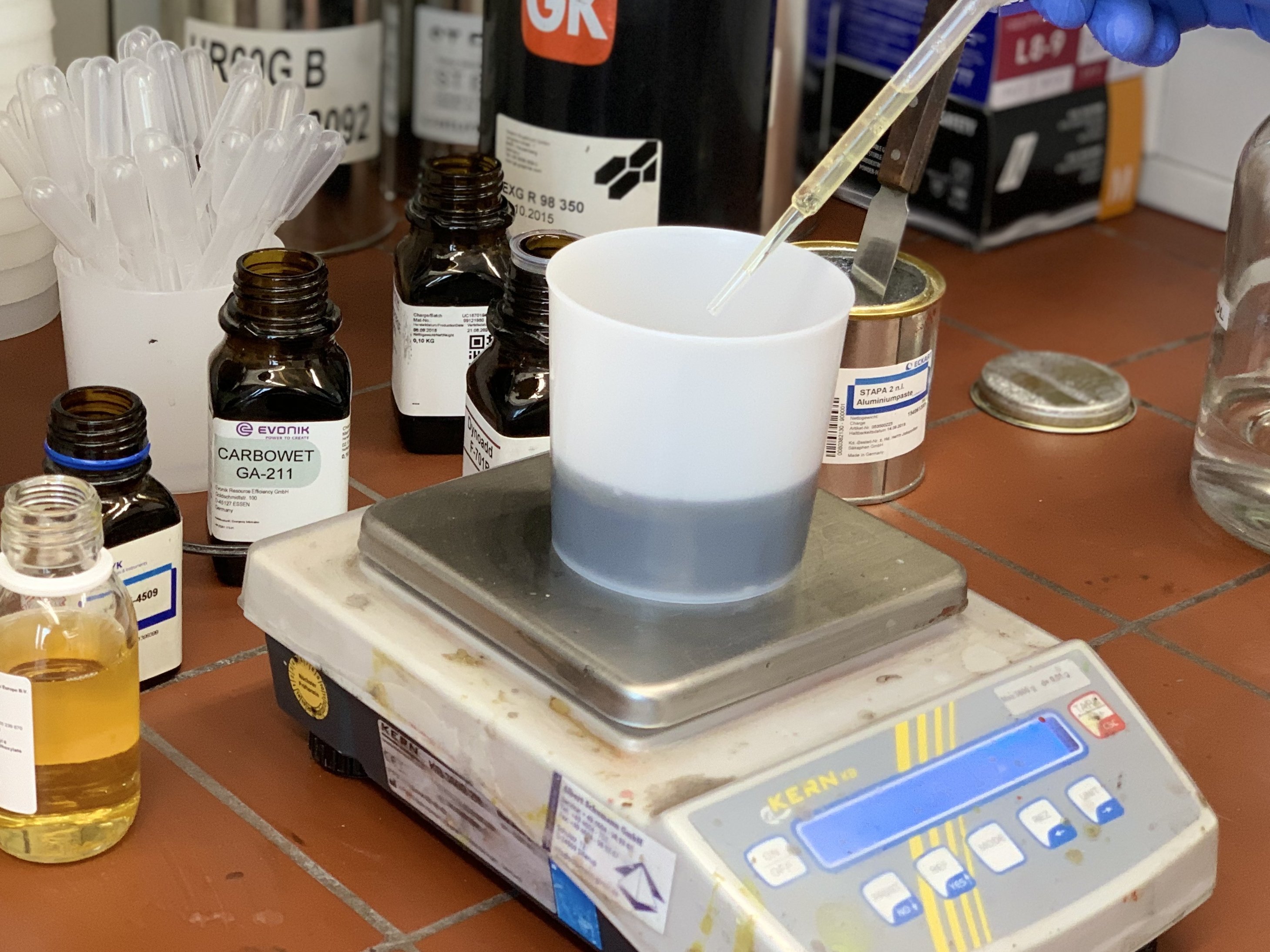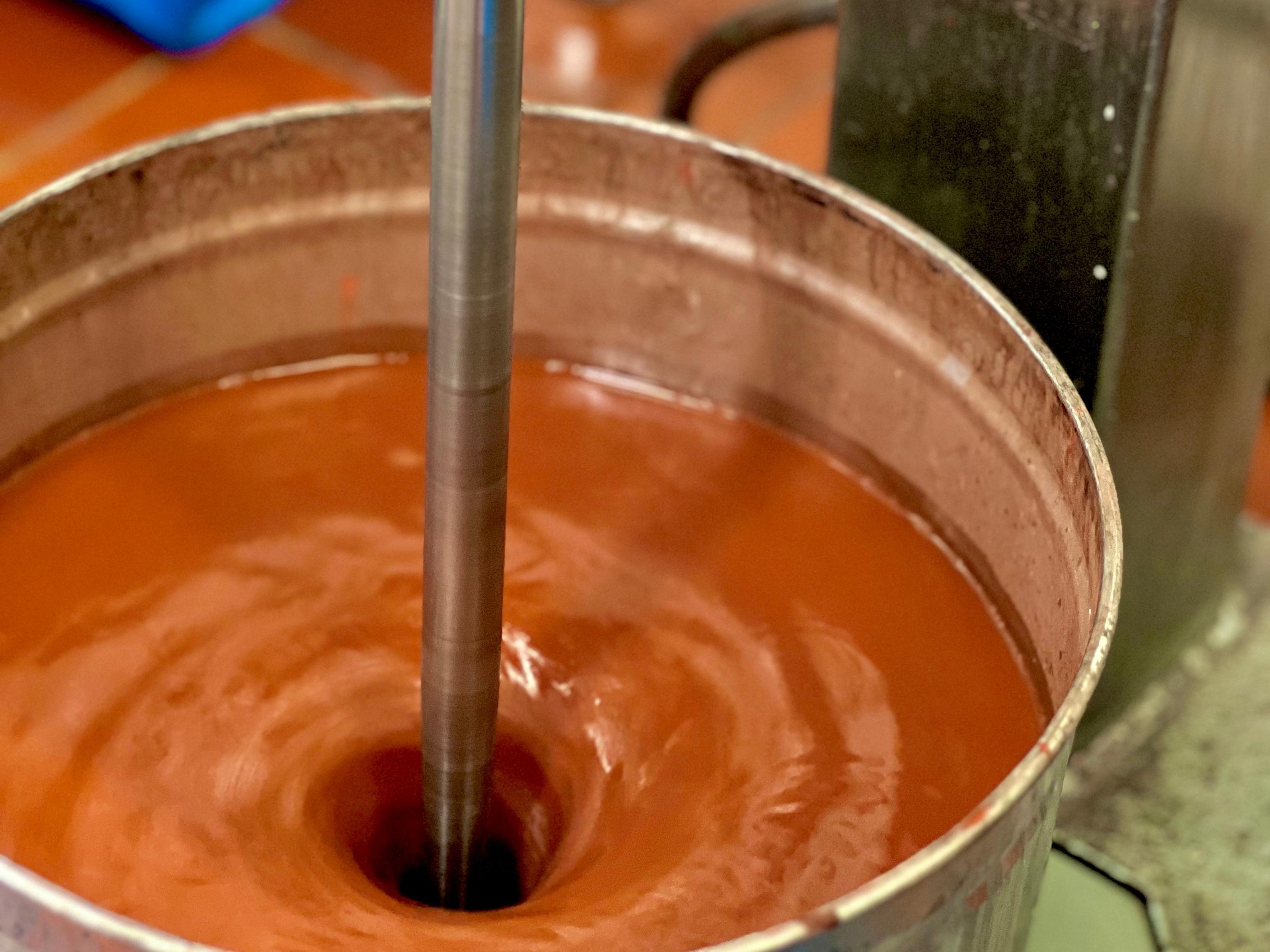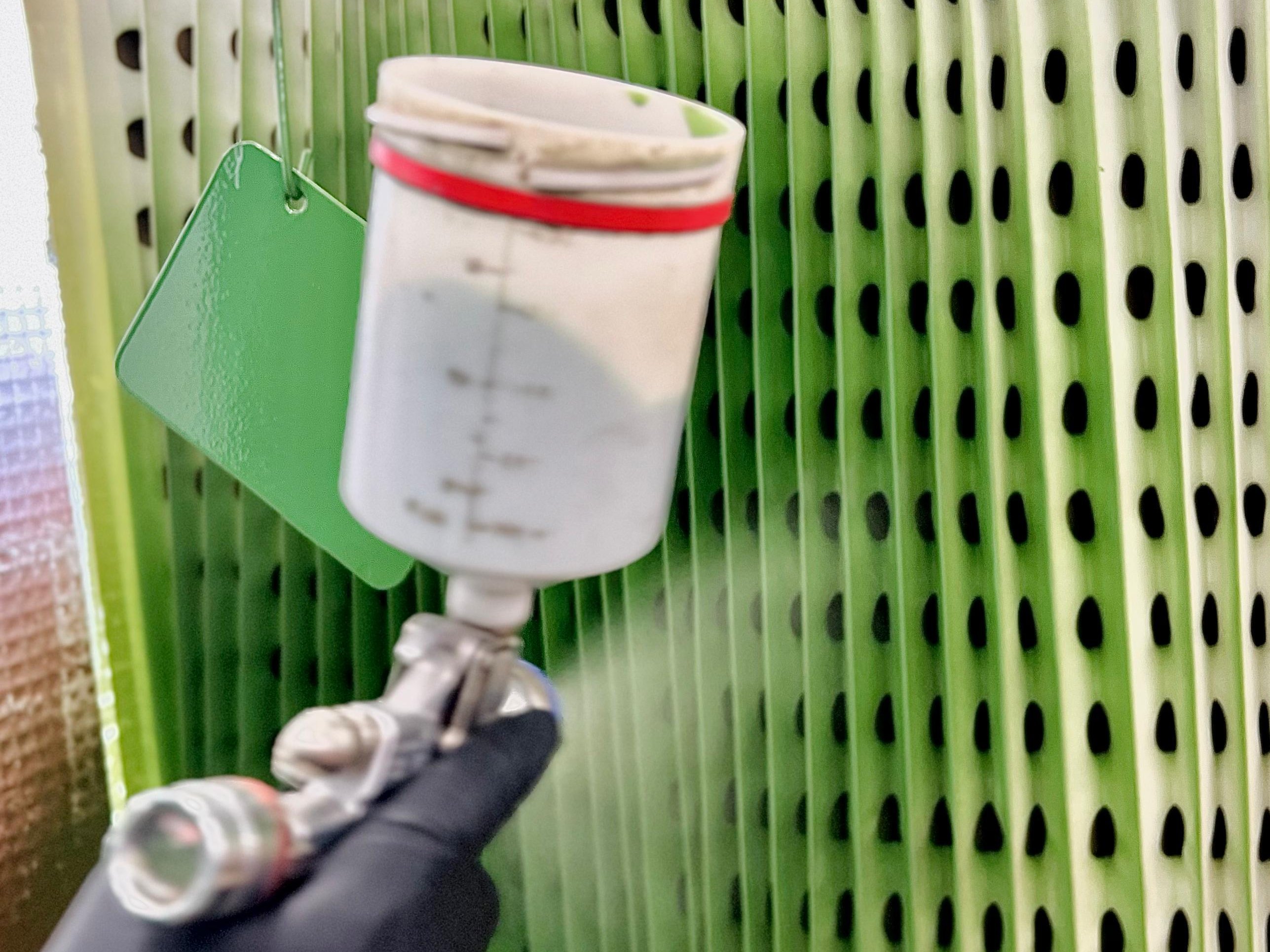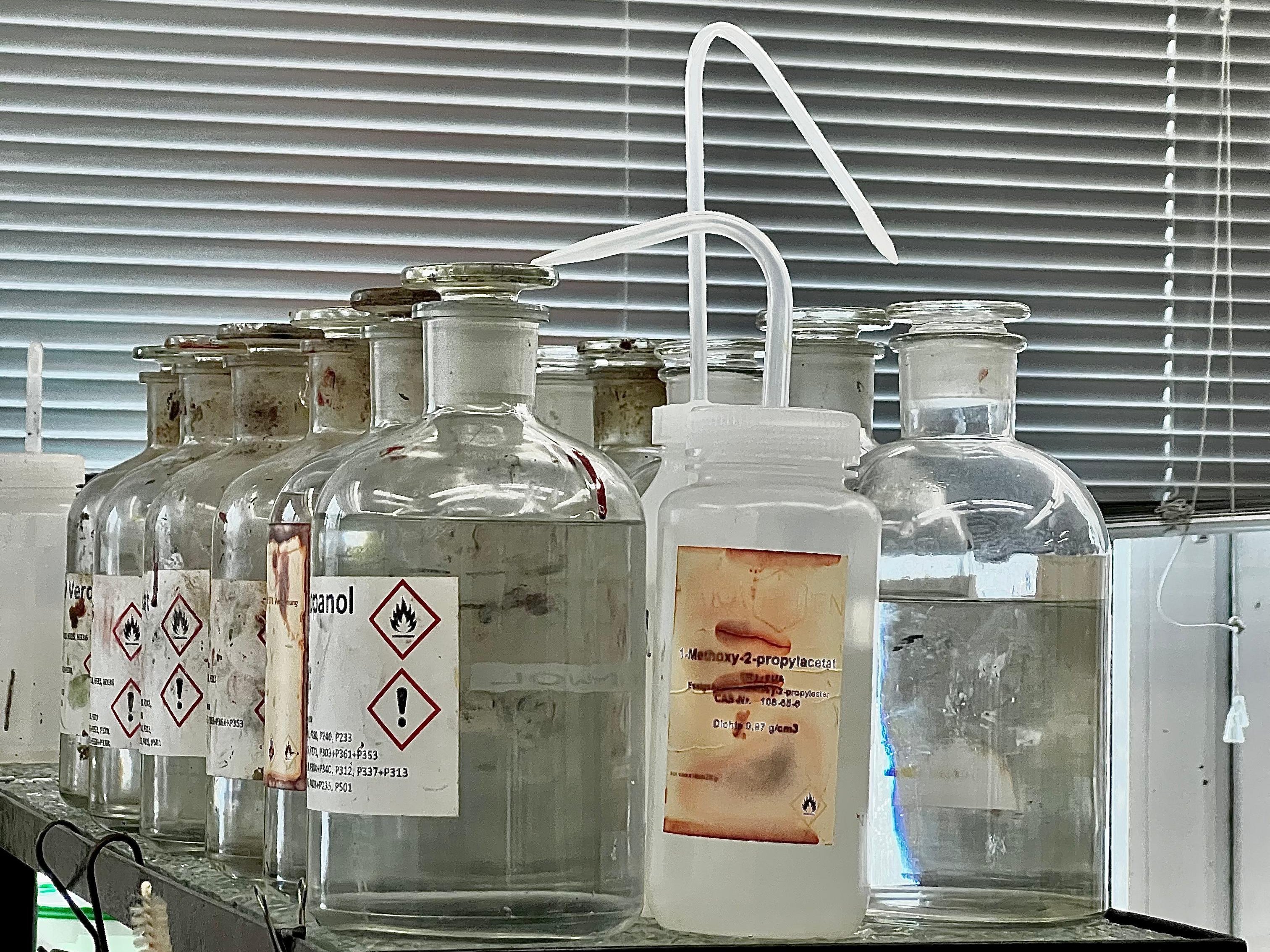Beneath the surface: 11 lab tests for protective coatings
Laboratory
Well before our coatings and linings are applied on critical assets worldwide, and even before they are poured into drums ready to be shipped, our lab is where magic happens.
SÄKAPHEN’s laboratory is where R&D takes place, custom coatings and linings are developed and products get tested.
Our ultimate goal is to supply lasting, high-quality lining and coating products refined to achieve maximum results and return on investment (ROI). We work closely with our customers worldwide to deliver the best solutions for all their corrosion protection challenges, ensuring reduced maintenance costs and increased operational efficiency.
When it comes to battling corrosion and fouling, performance is everything. And behind every high-performance protective coating lies a rigorous series of laboratory tests designed not just to meet standards but to exceed expectations. Let’s see what the most typical ones are.
Mechanical tests for coatings and linings
First of all, protective coatings must be durable and reliable, yet also flexible and able to withstand impacts and scratches, all while adhering perfectly to the substrate.
Typical mechanical tests in this field include:
- Cross-cut test: a method for assessing adhesion. A grid is cut into the coating, and adhesive tape is used to see if it flakes: this indicates how well it grips the substrate.
- Pull-off test: it also measures the adhesionstrength of a coating by applying a perpendicular tensile force to a dolly glued to the coating itself, determining its resistance to separation from the substrate. The higher the force required, the stronger the bond.
- Impact resistance test: how much shock can a coating absorb before it cracks? This test mimics sudden mechanical stress, such as dropped tools or falling debris, assessing the coating’s ability to absorb energy and resist cracking or delamination.
- Taber abrasion test: while not always performed, this test simulates wear over time by rotating a coated sample against abrasive wheels. This allows assessing long-term durability under repeated friction.
Chemical tests for coatings and linings
Corrosion protection is often a chemical battle. Chemical resistance is key in environments where coatings are exposed to a range of conditions, including acidic vapors and moisture-laden air.
Typical chemical tests in our industry include:
- Wet immersion under a watch glass: a specific test to evaluate a coating’s resistance to deformation and other changes when exposed to liquids, often under conditions that mimic real-world usage. It involves applying a substance (water, chemicals) to a coated surface under a watch glass for a set period, then assessing the coating’s response.
- Weathering tests: think sun, rain, and salt spray. For atmospheric coatings intended for outdoor use, these tests simulate weather cycles and temperature fluctuations. Often conducted in specialized chambers, they accelerate the aging process, allowing predicting long-term durability in real-world atmospheric conditions.
- Water immersion at ambient temperature: prolonged water immersion can reveal vulnerabilities in a coating’s properties, if any. This test enables the observation of possible swelling, blistering, or signs of delamination under everyday exposure.
Special tests for high-performance, immersion-grade coatings and linings
Almost every company in the paint and coatings space performs these mechanical and chemical tests. However, immersion-grade products are in a different league. When a coating is designed to line critical assets in immersion service, such as tanks or pipes in contact with aggressive chemicals or exposed to elevated temperatures, the testing becomes more intense because the stakes are higher.
In this case, possible tests include:
- Water immersion up to 100 °C: a test conducted in boiling water to examine how coatings perform under heat and hydrostatic pressure and their ability to maintain integrity and barrier properties under such extreme conditions.
- Dry heat exposure up to 200 °C: high-temperature dry environments can be just as damaging as wet ones. Here, coatings are subjected to extreme dry heat to ensure they resist cracking, embrittlement, chalking, degradation and discoloring.
- Water vapor diffusion resistance test: this specialized test measures how effectively coatings prevent water vapor from penetrating and reaching the substrate, a critical factor in preventing under-film corrosion as hot, humid environments are the norm in many industrial settings.
- Chemical immersion at elevated temperatures: one of the most extreme performance tests for high-performance coatings. Coatings are submerged in concentrated acids or alkalis at temperatures up to 100 °C for a minimum of 3,000 hours. This prolonged, aggressive exposure unequivocally demonstrates their resistance to the harshest chemical threats.
Why it matters
Coatings do not get second chances in the field. Whether they are protecting a heat exchanger, lining a storage tank or safeguarding a turbine, they must work flawlessly the first time… and every time after.
That is why we do not just formulate for performance. We test for it.
Get in touch to discuss SÄKAPHEN’s lab testing philosophy and see how it can help you with your specific requirements.
